Tag: UNDRR
-
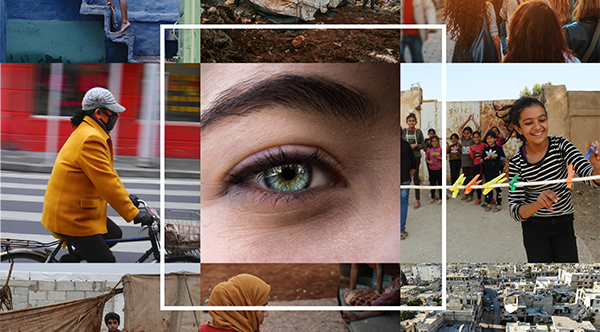
An update from Mami Mizutori, UN Secretary-General’s Special Representative for Disaster Risk Reduction — 4 December 2020
In the newsletter circulated by United Nations Office for Disaster Risk Reduction (UNDRR), UN Secretary-General’s Special Representative for Disaster Risk Reduction Mami Mizutori reflects on the achievements made by different partner nations towards building disaster resilience and the global actions that need to be undertaken in line with Target E of Sendai Framework. The Secretary-General expressed it…
-
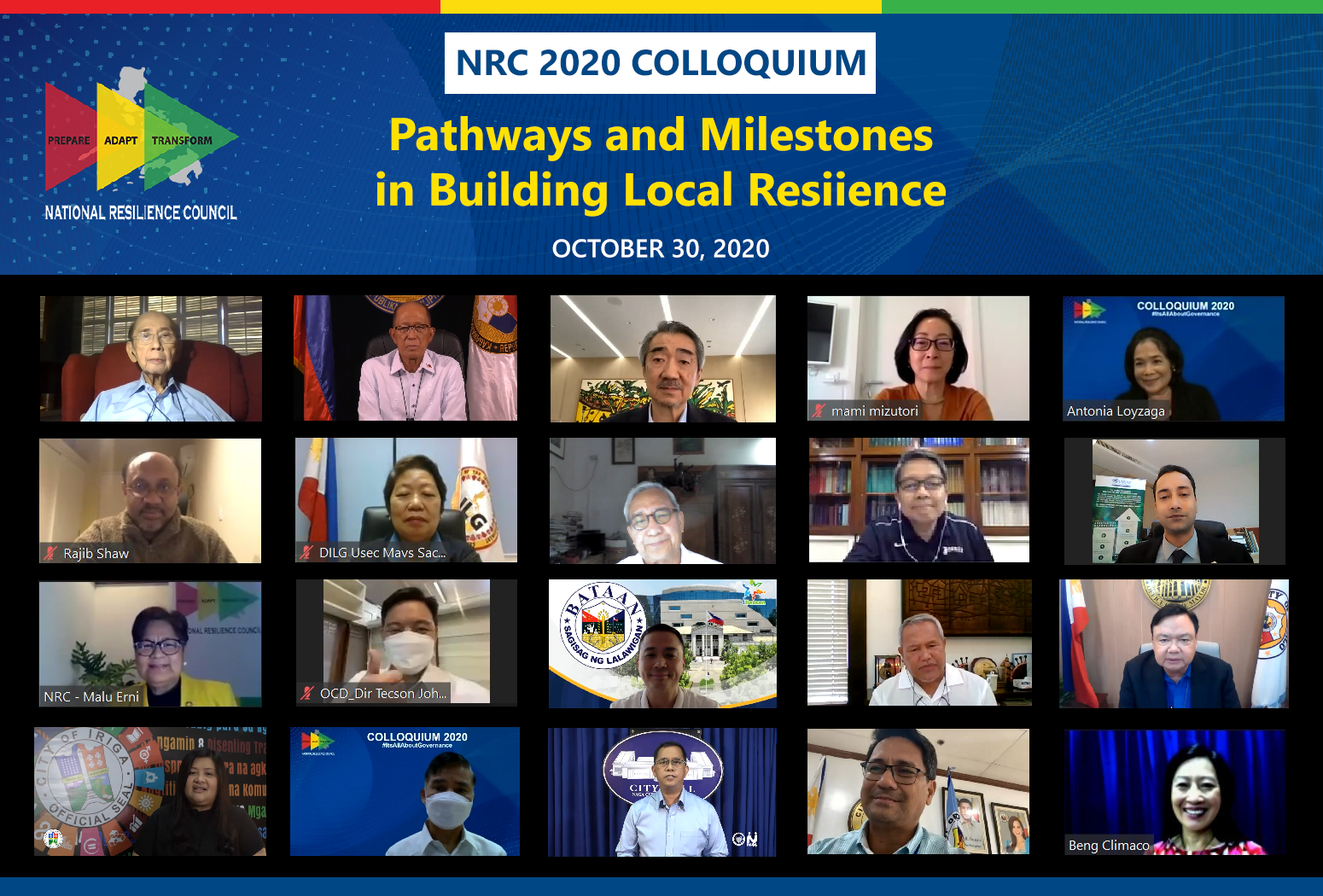
Public and private sectors Strengthen DRR partnerships amid COVID-19 pandemic
Multi-stakeholder resilience approach emphasized at the NRC Colloquium 2020 COVID-19 has added new complexity and uncertainty to public-private partnerships in disaster risk. To counter its cascading impacts, there is an urgent need for evidence-informed local leadership that is reinforced by multi-stakeholder collaboration. In response to COVID-19’s challenges and the year-round threats posed by other hazards,…
-
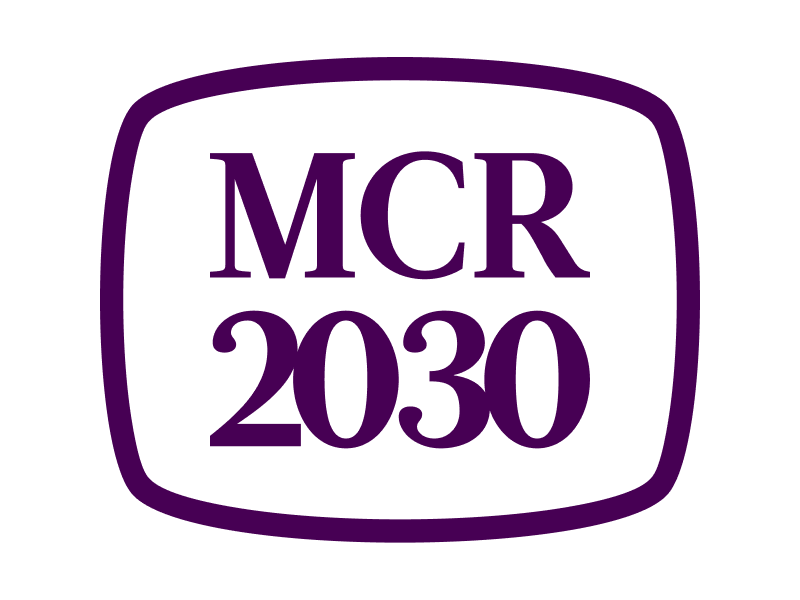
Launch of Making Cities Resilient 2030 (MCR2030)
Author: Jeanette Elsworth | Date: October 28, 2020 Core partners of Making Cities Resilient 2030 (MCR2030) officially launched its second phase today, with a global programme to support cities on the road to resilience. The launch took place during the Daring Cities conference convened by Local Governments for Sustainability (ICLEI), one of the core partners of the initiative and 1,048 people from…
-

An update from Mami Mizutori, UN Secretary-General’s Special Representative for Disaster Risk Reduction — 16 September 2020
In the newsletter circulated by United Nations Office for Disaster Risk Reduction (UNDRR), UN Secretary-General’s Special Representative for Disaster Risk Reduction Mami Mizutori writes about Disaster Risk Governance. We must recognize that the greatest single driver of disaster risk is weak governance and lack of political commitment to invest in reducing disaster risk. Disaster risk governance has been…
-

Launch of the Hazard Definition & Classification Review – Technical Report
The International Science Council (ISC) and the United Nations Office for Disaster Risk Reduction (UNDRR) launched the Hazard Definition & Classification Review – Technical Report to identify the full scope of all hazards relevant to the Sendai Framework and the scientific definitions of these hazards. You may download the report here: https://council.science/events/hazards-report/?fbclid=IwAR0VcAr7YPj_4qTnPR2foumfGXoC-RKnY0rw1Fu2nGgSIDoq1zG7yfCx7J0 You may find…
-

An update from Mami Mizutori, UN Secretary-General’s Special Representative for Disaster Risk Reduction — 13 July 2020
In the newsletter circulated by United Nations Office for Disaster Risk Reduction (UNDRR), UN Secretary-General’s Special Representative for Disaster Risk Reduction Mami Mizutori writes about the lessons brought about by the COVID crisis: with good governance being at the heart of disaster resilience and the need for better recovery strategies that are climate-conscious and environmentally sustainable. I…
-
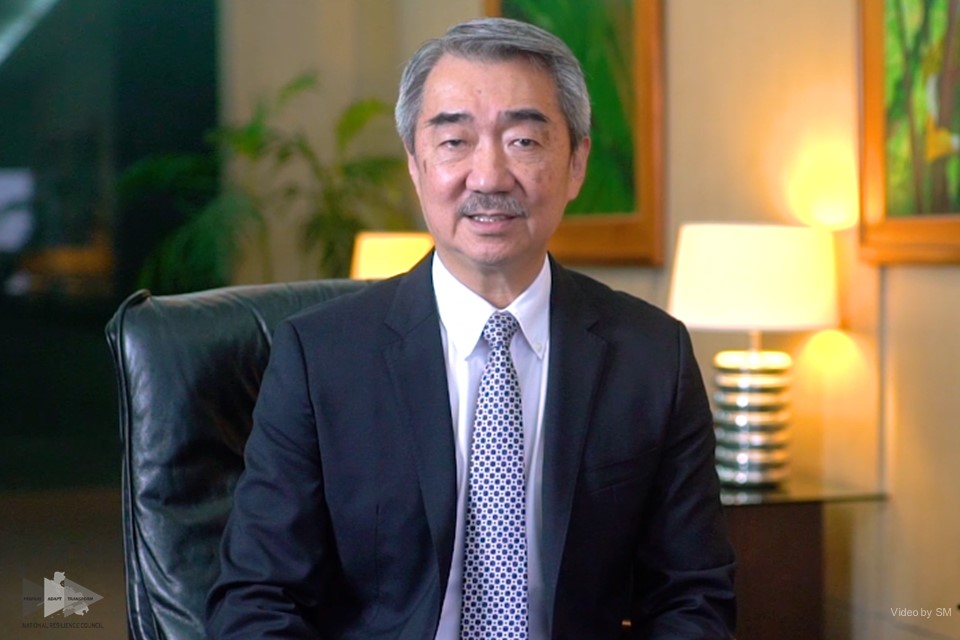
Urban resiliency: Key to sustainability in 21st century Philippines
Source: The Philippine Star | Author: Hans T. Sy | Date: May 30, 2020 Filipinos have direct experiences with the devastating effects of climate change. According to the UN Office for Disaster Risk Reduction (UNDRR), the Philippines ranks fourth among countries worldwide most affected by extreme weather events over a 19-year period, from 1998 to 2017.…
-
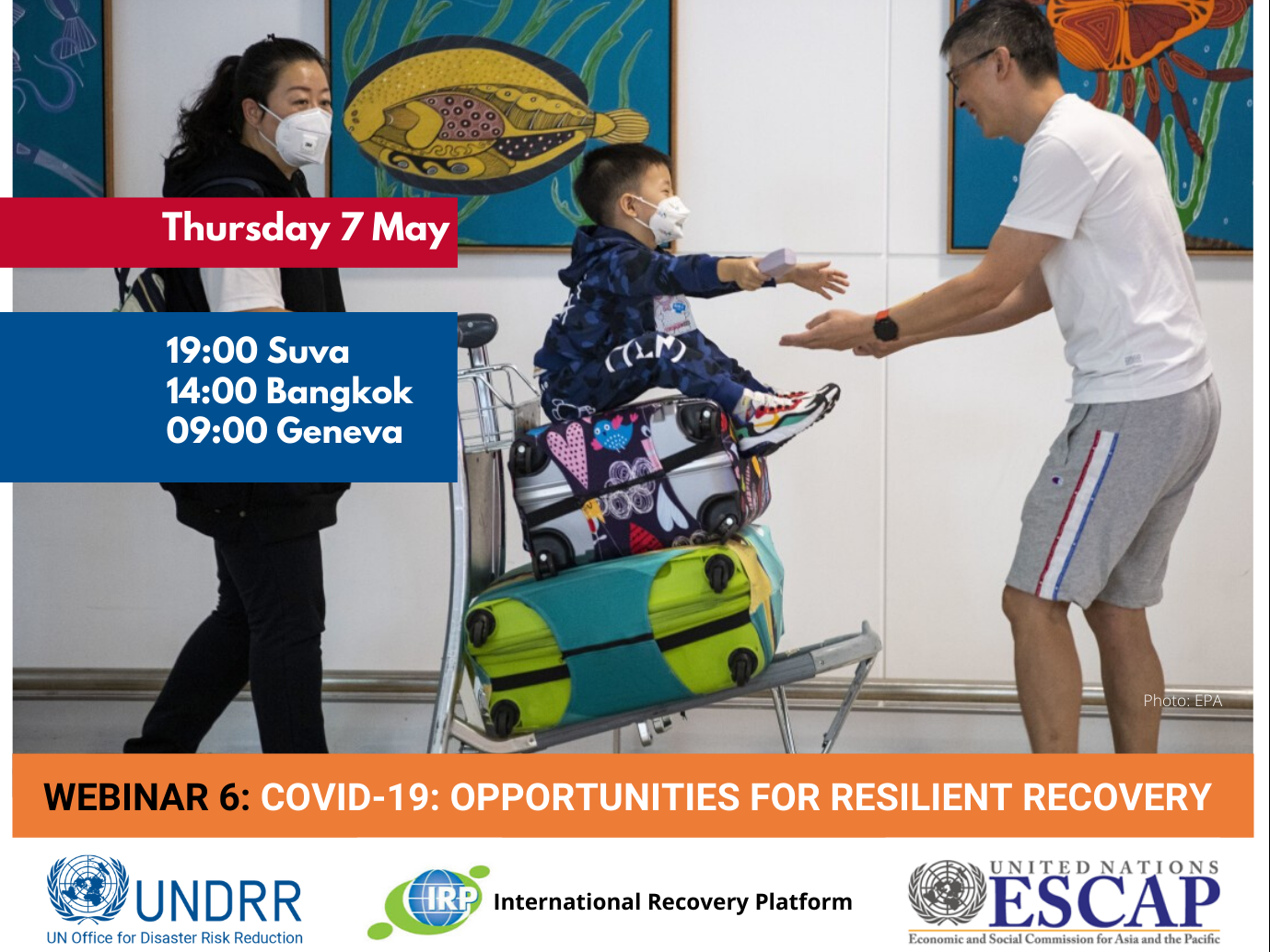
COVID-19: Opportunities for Resilient Recovery
Date: May 7, 2020 | Source: United Nations Office for Disaster Risk Reduction United Nations Office for Disaster Risk Reduction – Regional Office for Asia and Pacific (UNDRR Asia Pacific) and United Nations Economic and Social Commission for Asia (UNESCAP) and the Pacific International Recovery Platform co-organized a webinar on: COVID-19: Opportunities for Resilient Recovery as…
-

UNDRR ONEA & GETI and WHO Webinar series
Lessons from the COVID-19 pandemic series: Tools for business continuity in the era of COVID-19: How could businesses prepare for reopening? May 7, 2020 | 9:00 PM (GMT +8) Background Up to 80% of all investment in any given country is coming from the private sector. It is there critical that the private sector engages…